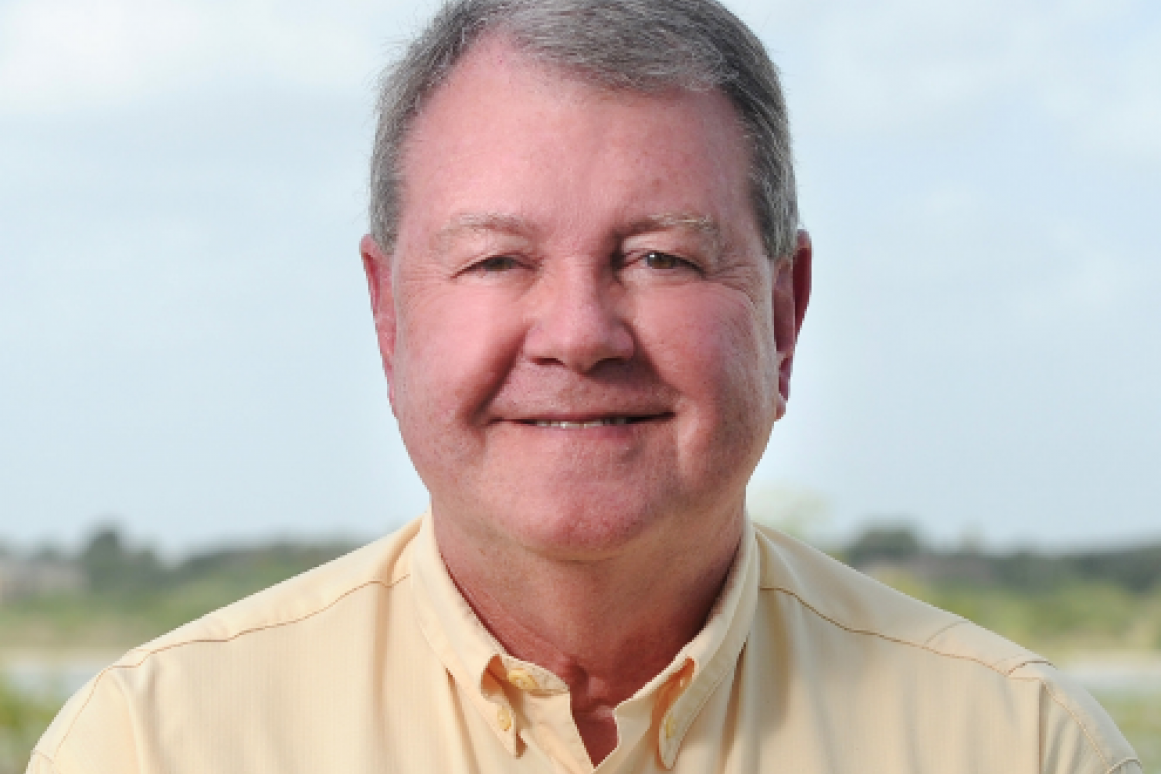HRI Director Gives Expert Testimony to Texas House on Desalination Impacts

CORPUS CHRISTI, Texas — Desalination could be a good option for providing Texans with a new freshwater source while taking pressure off the environment, but more research is needed to better understand the best location for these facilities and their environmental impact, Harte Research Institute for Gulf of Mexico Studies (HRI) at Texas A&M University-Corpus Christi senior officials told the Texas House of Representatives.
HRI Senior Executive Director Dr. Larry McKinney was invited to provide expert testimony before the Committee on Natural Resources Tuesday, February 19 about possible environmental impacts of bringing a seawater desalination facility to the Texas coast.
“The use of desalination to meet growing water needs of Texas, especially coastal Texas, holds great potential. Environmental benefits can far outweigh potential negatives. Both goals are desirable and both are achievable,” McKinney said.
HRI has institutional expertise when it comes studying to the impacts of high salinity discharges into coastal waters, including brine discharges associated with oil and gas development; solution mining salt domes for strategic oil reserve; and desalination plants for water production, including for human consumption. HRI Endowed Chair for Fisheries and Ocean Health Dr. Greg Stunz and HRI Endowed Chair for Ecosystems and Modeling Dr. Paul Montagna have authored recent studies examining the environmental impacts intakes and discharge facilities of seawater desalination plants. HRI Endowed Chair for Marine Policy and Law Dr. Richard McLaughlin has reviewed the legal issues surrounding seawater desalination in Texas, including regulatory and permitting issues.
“The primary environmental issue for coastal desalination operations are related to intake of water and discharge of concentrated brine,” McKinney said. “The literature are full of ways to address and mitigate these concerns but location of intakes and discharges are a key factor and there are locations that cannot be mitigated, so as in real estate — location, location, location.”
Placing intakes in the wrong location can cause larger marine species like fish, marine mammals and sea turtles to be trapped in the system and killed; it could also intake and kill the microscopic plankton and eggs that feed larger species and fuel productivity in the ecosystem.
But discharging the post-desalination brine into the environment in the wrong spot could also cause big problems in the environment, McKinney said. That brine can be up to three times saltier than sea water, and if it’s not discharged in an area where it can easily dissipate into the open ocean, it can create a high-salinity wedge that acts as a physical impediment to the movement of marine life.
“The potential for creating a high salinity wedge of water blocking movement of fish and other sea life at all stages, from egg to adult, is of primary concern,” McKinney said.
“At present the information to evaluate such projects is often not adequate. It can take considerable study to provide the information to make an informed decision regarding ways to avoid, minimize or mitigate impacts of a desalination plant with intake or discharge into these channel areas. It is possible that such studies would identify the means of meeting operational and environmental objectives,” McKinney added.
You can read McKinney’s full testimony here.
